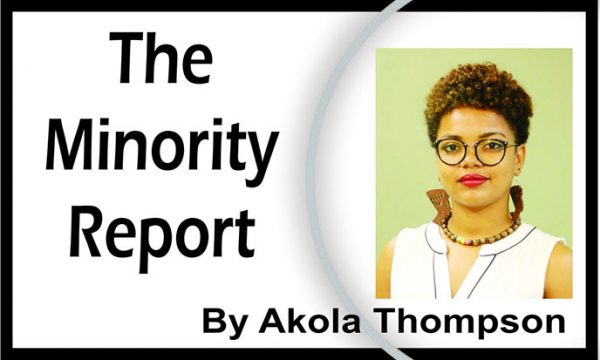 Due to a history of violent colonialist expansion, Guyana is a diverse mix of Indigenous, African, East Indian, Chinese, Portuguese and mixed-race people, resulting in a population of 786,559 persons, of which 78,500 identify as Indigenous (2012 Census). From the beginning, colonial responses towards Indigenous people have for the most part been both protectionist and discriminatory. Evidence of this is seen particularly in their refusal to codify laws related to Indigenous land rights. This has contributed towards the post-independence governments being able to utilise their powers to increase the amount of logging and mining licences they give out, even as this contradicts the 2006 Amerindian Act which specifies that permissions for small and medium-scale mining activities need to be granted by the village council and not State agencies. While mining in the early 1980s was largely small-scale and done by individual miners, the industry rapidly expanded in the late 1990s, resulting in mining becoming “the main source of economic growth and the leading earner of foreign exchange,” (IDB) as the industry for non-renewable resources such as gold, diamonds, bauxite, and now oil rapidly expanded.
Due to a history of violent colonialist expansion, Guyana is a diverse mix of Indigenous, African, East Indian, Chinese, Portuguese and mixed-race people, resulting in a population of 786,559 persons, of which 78,500 identify as Indigenous (2012 Census). From the beginning, colonial responses towards Indigenous people have for the most part been both protectionist and discriminatory. Evidence of this is seen particularly in their refusal to codify laws related to Indigenous land rights. This has contributed towards the post-independence governments being able to utilise their powers to increase the amount of logging and mining licences they give out, even as this contradicts the 2006 Amerindian Act which specifies that permissions for small and medium-scale mining activities need to be granted by the village council and not State agencies. While mining in the early 1980s was largely small-scale and done by individual miners, the industry rapidly expanded in the late 1990s, resulting in mining becoming “the main source of economic growth and the leading earner of foreign exchange,” (IDB) as the industry for non-renewable resources such as gold, diamonds, bauxite, and now oil rapidly expanded.
